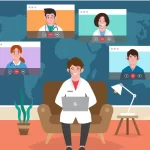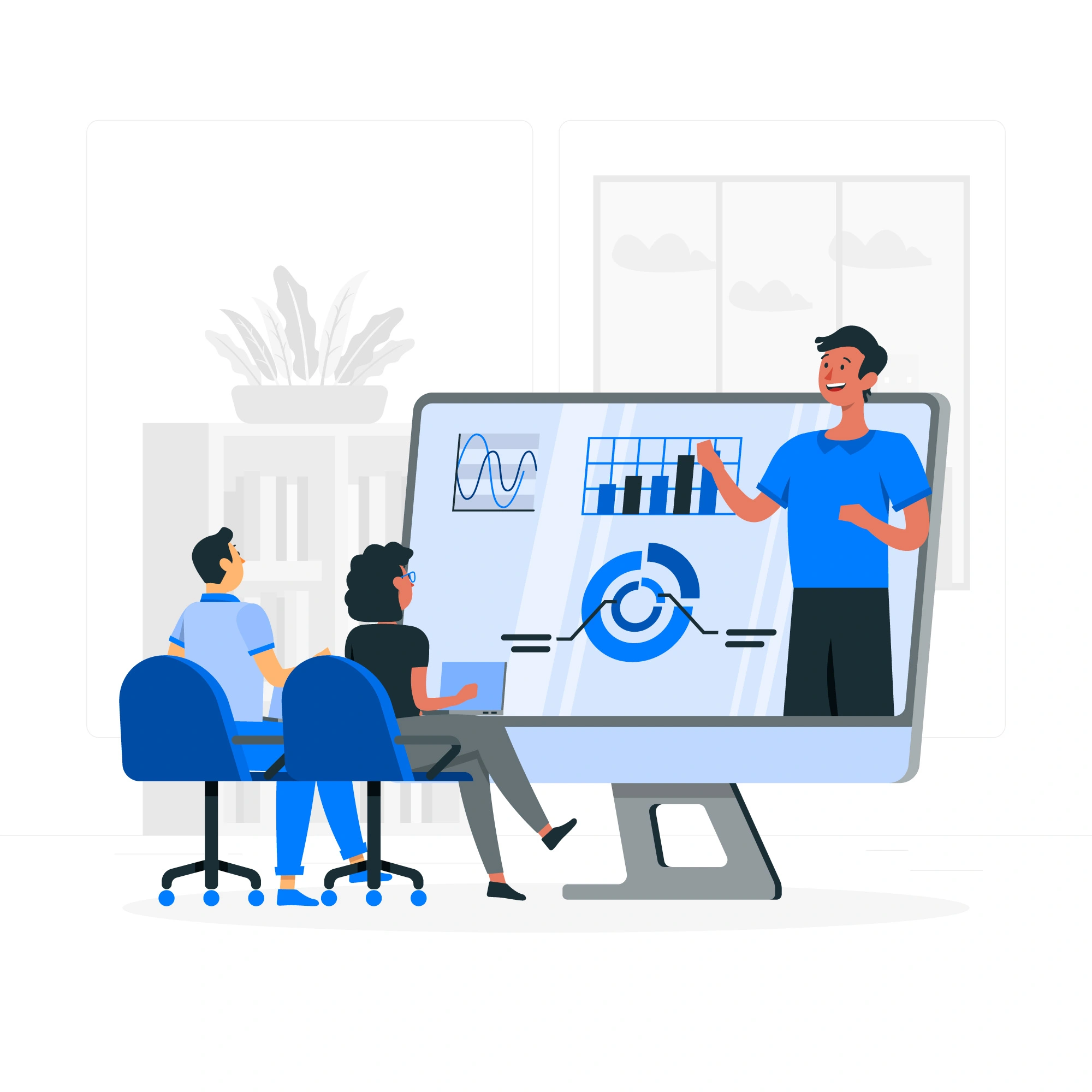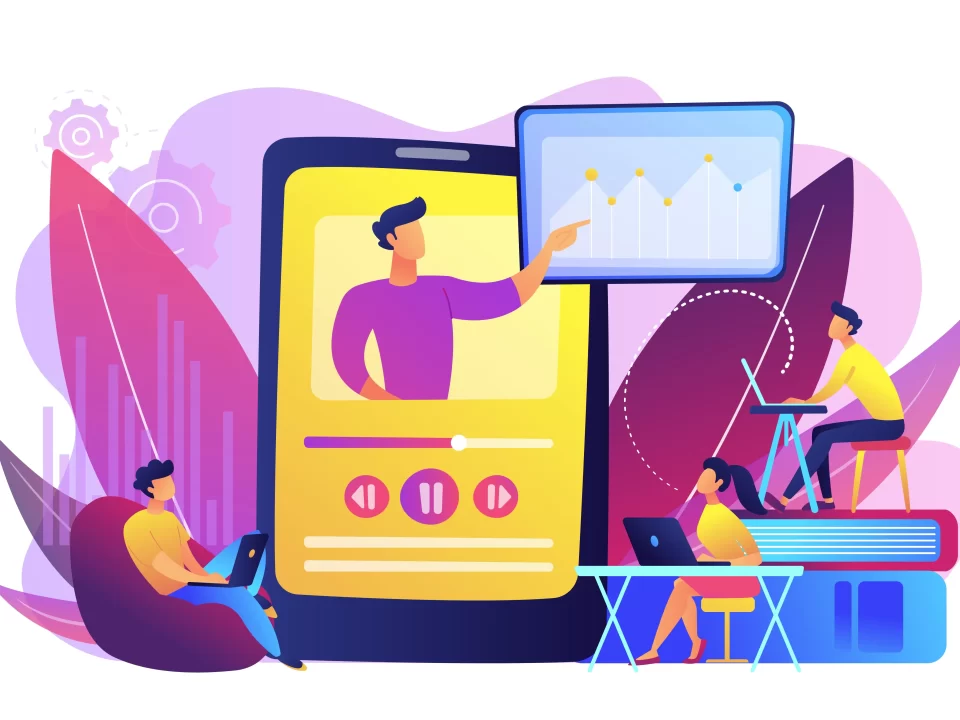
Building a World-Class Remote Workforce in 2024
May 10, 2024
Bengaluru Jeweler Polishes Skills with Knest LMS
June 13, 20245 Onboarding Best Practices for Building a Winning Training Program
First impressions determine the tone of every relationship, including the employer-employee dynamic. A well-structured onboarding program may make a significant impact in defining a new hire's experience, driving them to success, increasing engagement, and cultivating long-term loyalty inside your business.
But what really constitutes an efficient onboarding training program?

Here, we'll look at five critical best practices that set the groundwork for a successful program:
- Craft a Stellar Onboarding Roadmap
Imagine a new employee arriving on their first day feeling overwhelmed and unclear of what to anticipate. To avoid this issue, develop a clear and comprehensive onboarding strategy. This roadmap should include a thorough checklist of the tasks new recruits will complete during their onboarding process. It should include everything from the pre-boarding process to the first several weeks on the job.
Advantages of an Onboarding Roadmap:
- Reduced Anxiety: A well-defined plan gives clarity and organization, which helps new recruits who may be feeling overwhelmed by their new surroundings.
- Increased Efficiency: A well-organized strategy promotes a smooth transition while maximizing everyone's time.
- Consistent Experience: The roadmap ensures that all new recruits have a consistent onboarding experience, regardless of department or job.
How Knest LMS Can Help:
Knest LMS, a powerful Learning Management System, allows you to build and manage customized onboarding strategies using its Learning Path feature. These programs may be customized for individual jobs or departments, delivering a unique onboarding experience for each new recruit. Knest LMS also allows you to automate activities and reminders inside the onboarding plan, which streamlines the process for both HR and new recruits.
- Prioritize. Pre-boarding: Do not let the waiting game begin.
The wait for the first day should not seem like an eternity. Pre-boarding spans the gap between accepting an offer and the formal start date. It's your chance to make new hires feel welcome and excited about their new work. Here are some tips for good pre-boarding:
- Send Warm Welcome Emails: A customized communication from their prospective boss or HR representative conveys a good tone and demonstrates genuine interest.
- Introduce them to the team: Facilitate online introductions to colleagues they will be working with. This helps to break the ice and builds a sense of community before day one.
- Provide Pre-boarding Materials: Give users access to appropriate training courses, corporate documentation, or resources that they may study at their leisure. Knest LMS makes pre-boarding easier by allowing you to offer access to these reference documents even before a new employee's formal start date.
Benefits of Preboarding:
- Increased Engagement: Pre-boarding events generate enthusiasm and keep new recruits engaged during the waiting time.
- Reduced First-Day Nerves: Being familiar with the company and coworkers ahead of time might help to alleviate first-day jitters.
- Hit the Ground Running: By pre-completing some training or paperwork, new hires can dive deeper into their roles from day one.
- Cultivate a Welcoming Environment: Make Them Feel Right at Home
First impressions are extremely important, and providing a welcoming environment sets the tone for a healthy long-term connection.
Here are some strategies to make new employees feel comfortable and respected from the start:
- Personalize Their workstation: Prepare their workstation with a computer, office supplies, and perhaps a handmade welcome card. This tiny gesture indicates thoughtfulness and caring.
- Schedule introductions: Plan introductions to important coworkers, department heads, and maybe even senior leadership. This helps them make connections and grasp the company's structure.
- Organize a team lunch: A casual team meal promotes camaraderie, informal connections, and a sense of belonging. This is especially useful for distant workers who may not have the chance for in-person contact.
Benefits of a Welcoming Environment:
- Reduced Anxiety: Feeling welcomed and encouraged reduces anxiety and helps new employees to concentrate on learning and doing their tasks well.
- Improved Integration: Introductions and team-building events make new personnel feel like they're part of the team and develop a feeling of community.
- Increased Motivation: A favorable first impression lays the groundwork for a more motivated and engaged employee.
- Set clear expectations: Transparency is key.
Transparency is essential for developing trust and maintaining a productive working relationship. Set clear expectations for new hires, including:
- Work Hours, Code of Conduct & Dress Code: Provide explicit instructions for work hours, code of conduct, dress code, and any other corporate standards that apply to their position.
- Communication Protocols: Establish preferred communication mechanisms for the team and with managers.
- Performance Metrics and Goals: Discuss key performance indicators (KPIs) as well as role-specific goals. This helps people realize how their job contributes to the overall success of the team and the firm.
The Benefits of Establishing Clear Expectations:
- Reduced worry and Confusion: Uncertain expectations can cause worry and confusion. Transparency creates alignment and improves performance by setting clear expectations for new workers to focus on quantifiable outcomes.
- Increased Accountability: Clear expectations hold both employees and supervisors accountable for their performance.
- Provide a Structured Training Plan: Equip Them for Success
Knowledge is power, and a well-structured training strategy gives new recruits the skills and knowledge they need to succeed in their jobs. Here's how you can develop an excellent training plan:
- Identify training needs: Examine the precise skills and expertise necessary for the position. This allows you to adapt the training curriculum to address any skill deficiencies.
- Create a curriculum: Choose interesting training methods such as e-learningvideo modules, hands-on activities, or role-playing situations.
- Incorporate Ongoing Learning: Learning should not end with onboarding. Include access to continuing training resources and growth opportunities in the strategy.
Structured training provides new personnel with the necessary confidence to do their job efficiently..
Knest LMS: Your Onboarding Partner
- Knest LMS is more than simply a learning management system. It enables you to design and implement interesting learning experiences for your onboarding program. Here's how Knest LMS may assist.
- Create personalized learning paths based on individual responsibilities, skill gaps, and career goals.
- Provide diverse content formats, including videos, simulations, gamified aspects, and microlearning modules.
- Analyze and report on learner progress and program effectiveness to build a winning onboarding program.
Ready to take your onboarding program to the next level? Contact Knest LMS today for a free demo and see how we can help you transform your onboarding process!



